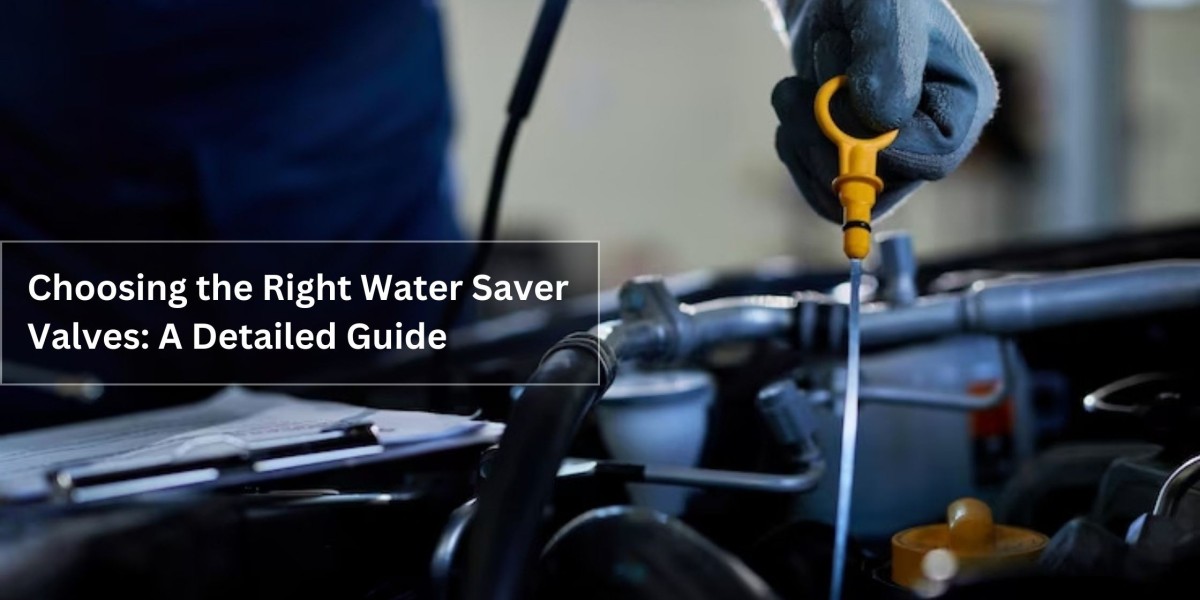In industrial processes like welding, the significance of coolant-saver systems cannot be overstated. These systems optimize cooling processes and contribute to cost efficiency and environmental sustainability. As a leading industrial solutions provider, Proteus Industries understands the importance of selecting the proper welding coolant saver. In this comprehensive guide, we delve into the intricacies of these systems, offering insights to help you make informed decisions for your operations.
Understanding Coolant Savers
Before delving into the selection process, it's crucial to grasp the fundamentals of coolant savers. These systems are created to enhance the efficiency of coolant usage in industrial processes such as welding. By recirculating and filtering coolant, they minimize wastage and maintain optimal operating conditions. Consequently, welding coolant savers not only extend the lifespan of coolant but also reduce costs associated with replenishment and disposal.
Key Features to Consider
Several key features warrant consideration when evaluating coolant savers to ensure compatibility and effectiveness with your specific application. These features include:
1. Flow Rate Management:
A coolant saver should offer precise flow rate control to match your welding process's requirements.
2. Filtration Mechanism:
Look for systems equipped with efficient filtration mechanisms to remove contaminants and maintain coolant quality.
3. Compatibility:
Ensure compatibility with your existing coolant type and welding equipment to facilitate seamless integration.
4. Energy Efficiency:
Opt for models designed for energy efficiency to underestimate operational costs and environmental impact.
5. Durability:
Choose coolant savers constructed from high-quality materials capable of withstanding the rigors of industrial environments.
6. Maintenance Requirements:
Assess maintenance needs to determine long-term operational costs and ensure hassle-free upkeep.
7. Monitoring and Control:
Prefer systems with advanced monitoring and control features for real-time performance optimization.
8. Cost-Effectiveness:
Consider the overall cost-effectiveness, including upfront investment, operational savings, and potential downtime reduction.
Selecting the Right Coolant Saver
With many available options, selecting the correct coolant saver demands careful evaluation based on your specific requirements. Begin by thoroughly assessing your welding process, considering factors such as coolant type, flow rates, and contamination levels. Consult with experts from Proteus Industries to leverage their expertise in matching the optimal solution to your needs.
Once you've identified potential options, perform a comparative analysis focusing on key features and performance metrics. Where feasible, request demonstrations or trials to evaluate firsthand compatibility and effectiveness in your operational setup. Additionally, solicit feedback from industry peers and review testimonials to gauge user satisfaction and reliability.
Read More: Choosing the Right Water Saver Valves: A Detailed Guide
Conclusion
In conclusion, selecting the correct coolant saver is pivotal in optimizing welding operations for efficiency, cost-effectiveness, and sustainability. By considering key features, conducting thorough evaluations, and seeking expert guidance, you can make informed conclusions aligned with your requirements. Trust Proteus Industries to deliver innovative solutions tailored to elevate your industrial processes to new heights of performance and efficiency. With the proper welding coolant saver, you can enhance productivity, minimize costs, and contribute to a greener future.
FAQs about Coolant Savers
1. What is a coolant saver, and how does it work?
A coolant saver is a system designed to optimize coolant usage in industrial processes by recirculating and filtering coolant to maintain optimal conditions.
2. How can a coolant saver benefit my welding operations?
A coolant saver extends the lifespan, reduces costs, and enhances process efficiency by minimizing coolant wastage and maintaining quality.
3. Are coolant savers compatible with all types of welding equipment?
While compatibility may vary, many coolant savers are designed to be broadly compatible with different welding equipment and coolant types.
4. What maintenance is required for a coolant saver?
Maintenance requirements depend on the specific model but typically involve periodic cleaning, filter replacement, and system checks.
5. Can a coolant saver help reduce environmental impact?
Coolant savers contribute to environmental sustainability by minimizing coolant wastage and energy consumption6. Is it necessary to monitor
6. coolant saver performance regularly?
Regular monitoring ensures optimal performance and allows for timely intervention in case of any issues or deviations.
7. Can a coolant saver be customized to suit specific operational needs?
Many coolant-saver manufacturers offer customization options to tailor systems to unique operational requirements.
8. What factors should I consider when selecting a coolant saver?
Vital factors are flow rate management, filtration mechanism, compatibility, energy efficiency, durability, maintenance requirements, monitoring and control features, and cost-effectiveness.
9. Are coolant savers easy to install?
Installation complexity may vary, but reputable manufacturers provide comprehensive installation instructions and support services.
10. How can I determine the ROI of investing in a coolant saver?
Calculate potential savings in coolant costs, reduced downtime, and energy efficiency gains against the initial investment and operational expenses.








